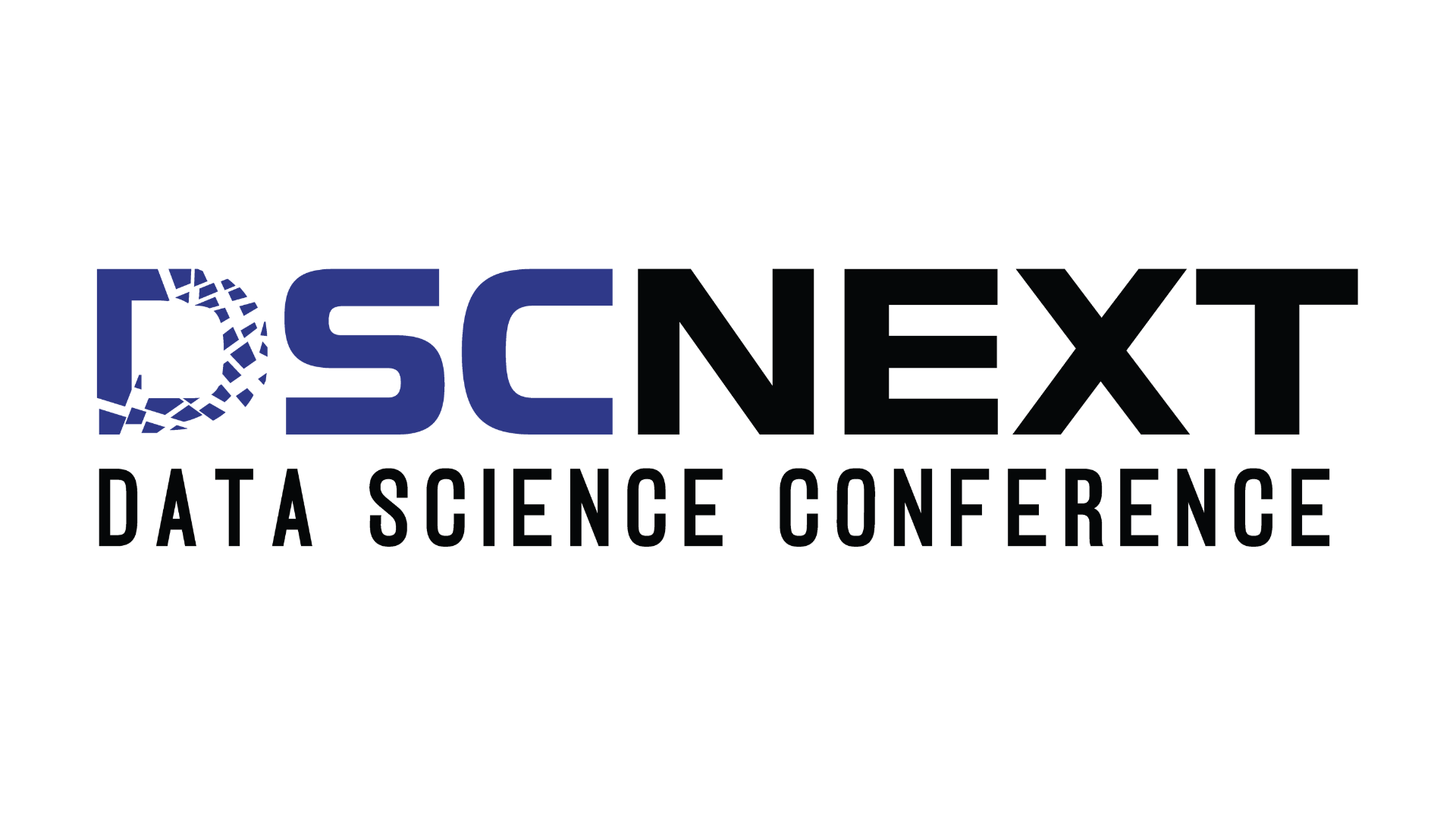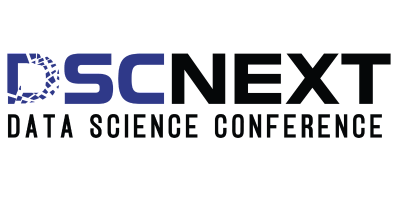
How AI, Quantum Computing & Human-Centered Design Are Shaping the Future of Intelligence
In today’s fast-evolving digital economy, staying ahead in data science isn’t a luxury — it’s a necessity.From artificial intelligence to quantum breakthroughs, the next two years will redefine how businesses operate, how individuals work, and how governments protect data. Here are the data science trends that matter most in 2025–2026 .
1. AI and Machine Learning
AI systems now outperform humans in tasks like pattern recognition, image classification, and decision-making. As AI reshapes industries, businesses should adopt AI-first strategies to stay competitive, while professionals can upskill with machine learning frameworks like TensorFlow and PyTorch.
“Machine learning is the engine behind business intelligence in the AI age.”
— Fei-Fei Li, Stanford University
2. Natural Language Processing (NLP) Advancements
NLP enables machines to process and understand human language more naturally, significantly enhancing user experiences in applications like chatbots, voice assistants, and sentiment analysis. Businesses can automate customer support and content workflows, while professionals should explore tools like spaCy, BERT, and LLM fine-tuning for custom applications.
3. Edge Computing and IoT
Edge computing minimizes latency and reduces cloud dependence by processing data closer to the source—critical for real-time applications like autonomous vehicles, smart factories, and remote monitoring. Businesses should invest in low-latency, edge-first architectures, and professionals can benefit from learning IoT protocols and distributed systems.
According to Gartner, by 2027, 50% of critical enterprise applications will reside outside centralized public cloud locations — up from less than 10% in 2023.
4. Explainable AI (XAI)
As AI systems become increasingly complex, the need for transparency and accountability has grown. Explainable AI (XAI) helps users and stakeholders understand model decisions, which is essential for building trust, especially in regulated industries. Businesses should prioritize compliance-ready AI, while professionals should become familiar with tools like SHAP, LIME, and other model explainability frameworks.
“Trust in AI requires transparency. Without it, AI is a black box.”
– Cynthia Rudin, Duke University
5. Quantum Computing
Quantum computing is poised to revolutionize data science by solving problems that are currently beyond the capabilities of classical computers. Though still in its early stages, it holds enormous potential for breakthroughs in cryptography, optimization, logistics, and drug discovery.
Forward-thinking businesses should begin exploring partnerships and pilot projects, while professionals can get ahead by learning tools like Qiskit, IBM Q, and Microsoft Quantum Development Kit.
Emerging Trends
6. Graph Analytics
Graph analytics uncovers relationships between data points, offering deep insights into complex networks. From detecting fraud to enhancing recommendation engines, this method will grow more crucial as businesses aim to understand interconnected data structures.
This trend emphasizes relationships over rows. Graph databases like Neo4j help uncover connections in data — perfect for fraud detection or recommendation systems.
Graph database adoption is accelerating rapidly, with industry analysts projecting significant growth by 2026 .(Forrester)
7. Data Privacy and Security
With data breaches on the rise, businesses must rethink their data protection strategies. Professionals should stay informed about zero-trust architecture and privacy-enhancing technologies to safeguard digital assets. India’s Digital Personal Data Protection Act (2023)
underscores the growing urgency for strong privacy laws in today’s data-driven world.
“The future of innovation must be built on the foundation of trust.”
8. Augmented Analytics
Augmented analytics leverages AI and machine learning to automate data preparation, insight discovery, and explanation. It empowers non-technical users to interact with data and uncover trends without deep analytics expertise.
By simplifying complex analysis, businesses can foster a data-first culture and speed up decision-making. Tools like Tableau, Power BI, and Qlik Sense now include AI-powered features that support smarter, self-service analytics.
9. Synthetic Data
Synthetic data—artificially generated datasets that mimic real-world data—is becoming essential for training AI models, especially in sensitive sectors like healthcare and finance. It enables organizations to improve model accuracy while protecting privacy, thereby accelerating innovation responsibly.
By reducing data bottlenecks and regulatory risks, synthetic data helps speed up development cycles. Tools like Synthea, MOSTLY AI, and Gretel.ai are leading the way in generating high-quality synthetic datasets.
Future Outlook (Beyond 2026)
Expect tighter AI regulation, cross-border data ethics, and even early integration of AI with brain-computer interfaces (BCIs). The edge of intelligence will blend human cognition and synthetic reasoning in powerful new ways.
Future-Ready Skills
Data Scientists: Need to develop skills in AI, ML, and quantum computing to stay competitive.
Businesses: Should prioritize data-driven decision-making, invest in low-latency architectures, and promote a data-first culture.
Spotlight: DSC Next 2026 – Shaping the Future of Data Science
One of the key events shaping the data science landscape is the DSC Next 2026 Conference, taking place from March 24–26, 2026 in Amsterdam at NH Amsterdam Zuid. This premier gathering will bring together global thought leaders, AI researchers, and business executives to explore the future of data-driven technologies.
Key themes include:
Generative AI applications
Ethics in data science
Data-centric innovation in healthcare, finance, and smart cities
Hands-on workshops in quantum computing and graph databases
Why attend?
Whether you’re a data scientist, CTO, startup founder, or student — DSC Next is where you see what’s next before it’s mainstream.
Conclusion: The Competitive Edge Lies in Anticipation
The future of data science in 2025–2026 is not just about trends—it’s about transformation. In data science, early movers win. Whether it’s embracing explainable AI, exploring synthetic data, or preparing for quantum, staying informed is your greatest asset. Staying ahead requires constant learning—and platforms like DSC Next 2026 offer the perfect launchpad.

